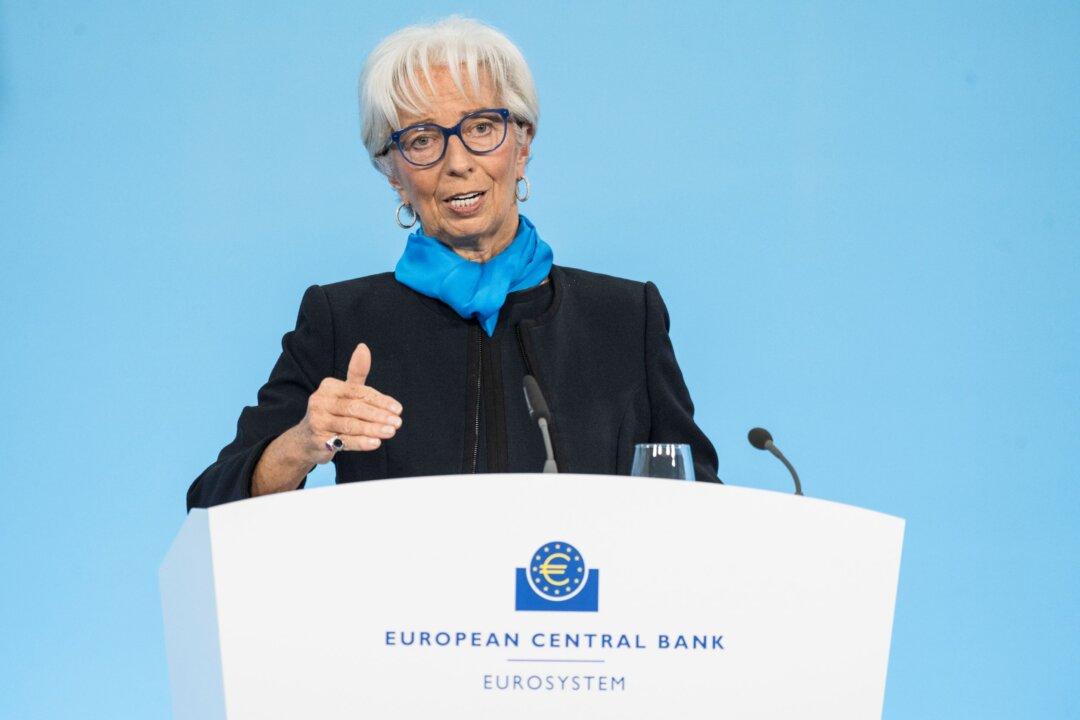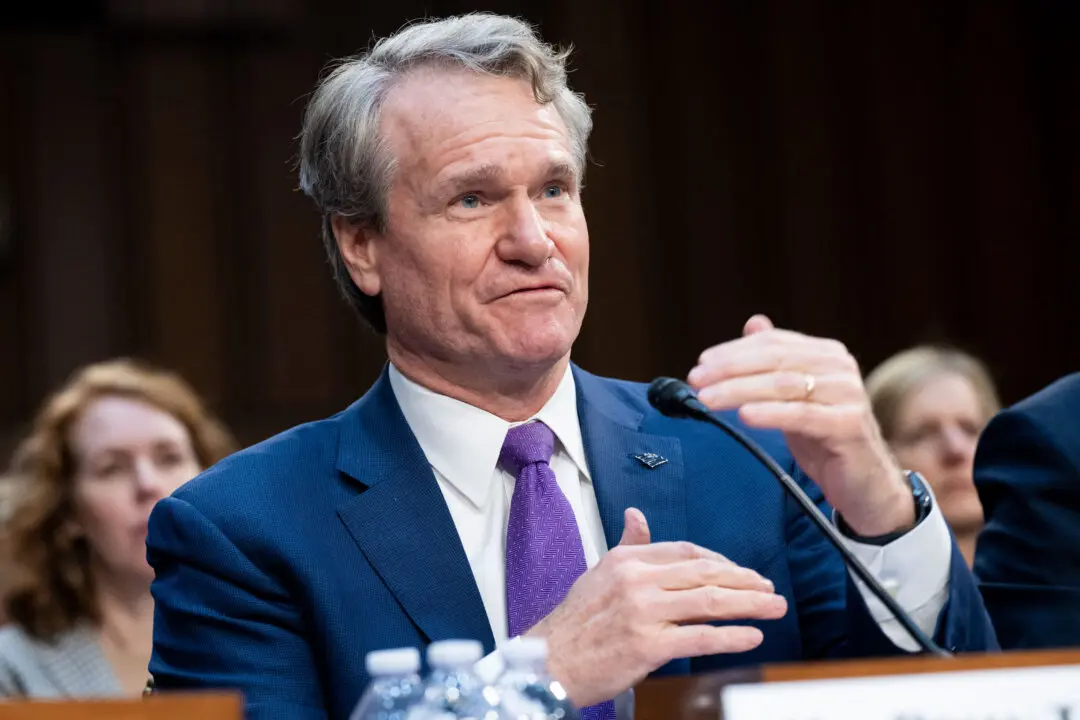The central bank of the 20 European Union countries that use the euro as their currency has decided to keep its benchmark interest rate unchanged, citing elevated price pressures, especially in services, with policymakers saying this is likely to translate into above-target inflation lasting well into 2025.
The governing council of the European Central Bank (ECB) voted on July 18 to hold the key rate unchanged at 3.75 percent, after making an initial quarter-point cut at its earlier meeting in June.





